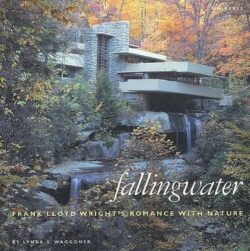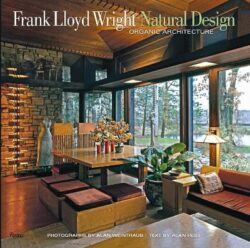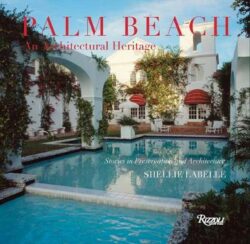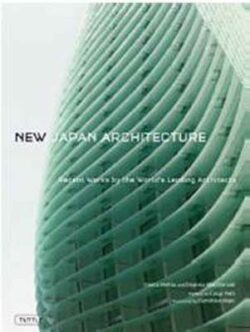Raul di Pace
$135.00
Low Stock
Description
The architecture work of Brazil-based Raul di Pace is guided by creativity and innovation, and always comes with the awareness that it is providing a service to its customer. The firm’s ideas happen naturally, and relate to the needs of the residents and their dreams for the place where they will live. A house is a place that must adapt to fit in with the time for which it is designed, and then it must continue to be a living environment as time and generations evolve. Before, cities had no running water and electricity – today most things are automated. To follow time is to adapt to new technologies, new materials, new habits and demands. We cannot imagine something as unchangeable, untouchable. A contemporary house cannot be simply a sanctuary. It should primarily be a pleasant space which provides adequate housing that serves the residents before anything else; it is up to the architect to remake, adapt, orient and reorient – all the while fulfilling this overall mission. Since the beginning, Raul di Pace’s architecture is about the search to reinvent oneself, to propose new solutions, build to suit specific purposes. Heavily influenced by Frank Lloyd Wright’s work, which was a process of reinvention from start to finish, this highly anticipated volume shows how Raul di Pace continues to reinvent its language based on the same premise: make less, splurge less, seek the essential. Text in English and Portuguese. SELLING POINTS: . This monograph showcases the design innovations of the highly regarded and influential Brazilian architect, Raul di Pace . Richly illustrated throughout with full-colour photography and detailed illustrations, this volume also comprises insightful texts that discuss di Pace’s critical considerations of flexibility, creativity, and connection with the clients’ needs and the ways in which his work brings Brazilian minimalism and a client-based DIY creativity to the changing landscape of South American architecture . With a focus on contemporary Brazilian architecture, this monograph will appeal to designers searching for an approach that results in a complex, layered response to the challenges of place, form, and identity. 400 colour images
Additional information
| ISBN | 9781864705874 |
|---|---|
| Dimensions | 223 x 300 mm |
| Book Type | Hardback |
| Author | Raul di Pace |
| Author Bio | Raul di Pace's passion for architecture was ignited through a very strong response to a design-based heritage that stretches back decades through the architectural and design works of his father Ugo di Pace and grandfather Vittorio di Pace, who were both responsible for hundreds of high-profile projects in both Europe and Brazil. After graduating from architecture school in Brazil, Raul di Pace spent many years traveling in Europe, and then the United States to see the work of several of the world's most renowned architects, such as Wassili and Hans Luckhardt, Peter Behrens, Bruno Taut, Eric Mendelsohn, Frank Lloyd Wright, Le Corbusier, Paul Rudolph, Eero Saarinen, Richard Neutra, Louis I. Kahn, and Ludwig Mies van der Rohe. He ventured through Africa, Macau, Hong Kong, and Japan to see works by Tadao Ando, Fumihiko Maki, Shigeru Ban, Toyo Ito, and Kenzo Tange. Raul has always been fascinated by the highly contemporary lines in the works of these luminaries; many other architects also contributed a great deal to the expansion of his architectonic repertoire, such as Antoni Gaudi, Affonso Eduardo Reidy, Renzo Piano, Alvaro Siza Vieira, Charles Rennie Mackintosh, and Norman Foster, among many others. After many decades, Raul's professional practice has accumulated significant experience and developed an enriching architectural language; he continues to evolve and the search for new solutions is what motivates him. He strives for a language with pure and direct lines. His works-covering numerous residential projects and other renovation, adaptation, and restoration of commercial and public projects in Brazil and abroad-are characterized by amplitude in the environment and a lightness in form, the integration between the internal and external environment; a combination of nature and the artificial, always taking care to flood the spaces with natural light; revealing Raul's free-spirited approach and aesthetics. |
| Number of Pages | 256 |




